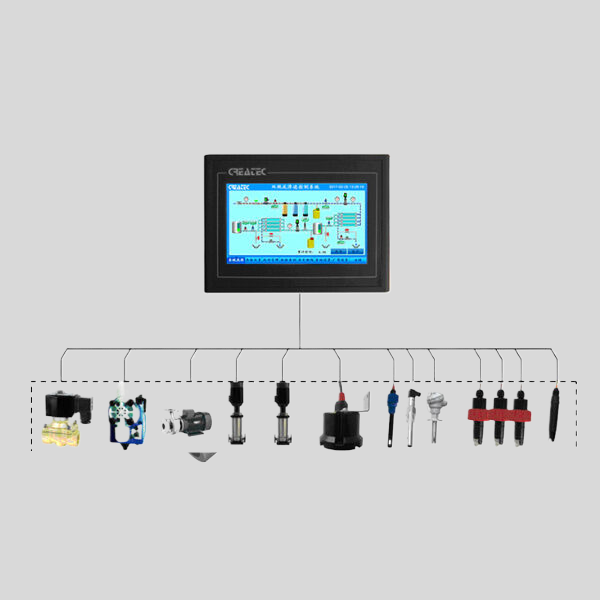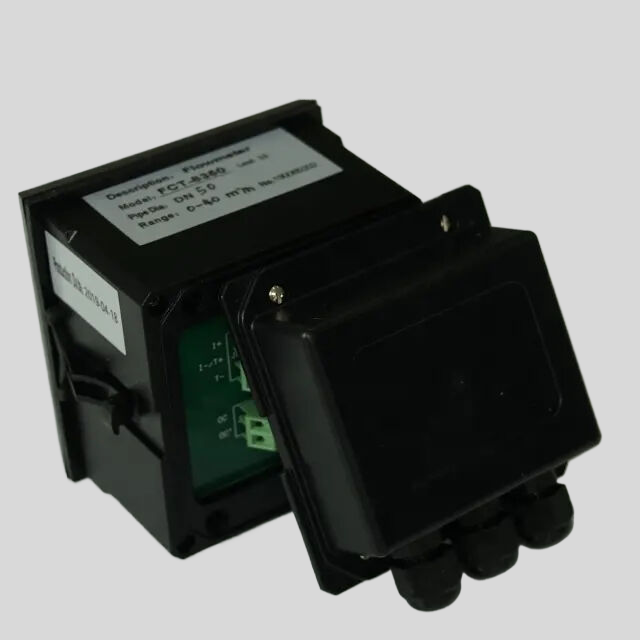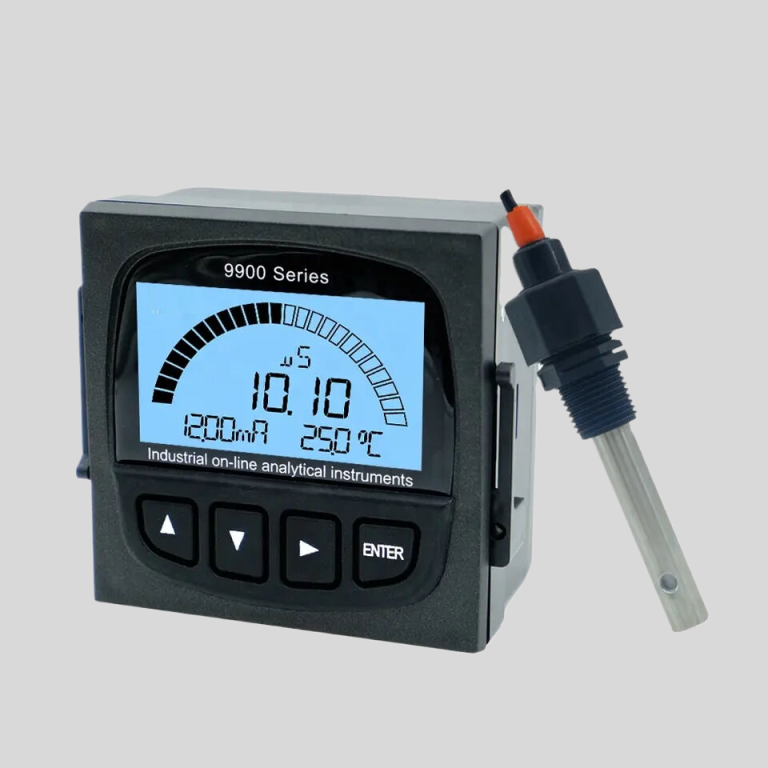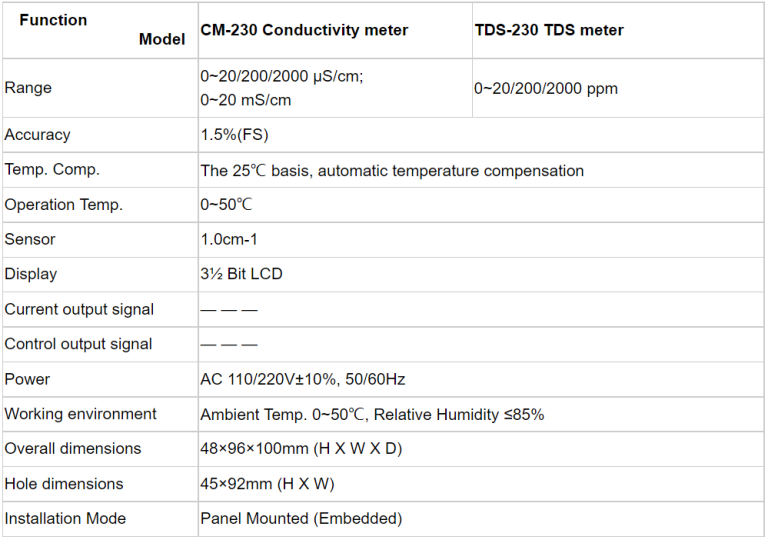Table of Contents
Benefits of Using Conductivity Probes for Water Quality Monitoring
Conductivity probes are essential tools for measuring the electrical conductivity of water, which is a key indicator of water quality. These probes are widely used in various industries, including environmental monitoring, agriculture, and water treatment. In this article, we will discuss the benefits of using conductivity probes for water quality monitoring.
One of the main advantages of conductivity probes is their accuracy. These probes are designed to provide precise measurements of the electrical conductivity of water, allowing for accurate monitoring of water quality. This is crucial for ensuring that water meets regulatory standards and is safe for consumption.
In addition to accuracy, conductivity probes are also highly reliable. These probes are built to withstand harsh environmental conditions, making them ideal for long-term monitoring applications. Whether used in a laboratory setting or in the field, conductivity probes can provide consistent and reliable measurements over time.
| model | pH/ORP-5500 series pH/ORP online transmitting controller | |
| Measurement range | pH | 0.00~14.00 |
| ORP | -2000mV~2000mV | |
| Temp. | ( 0.0~50.0)℃ (temperature compensation component:NTC10K) | |
| Resolution | pH | 0.01 |
| ORP | 1mV | |
| Temp. | 0.1℃ | |
| accuracy | pH | 0.1 |
| ORP | ±5mV(electronic unit) | |
| Temp. | ±0.5℃ | |
| Approximate input impedance | 3×1011Ω | |
| Buffer solution | pH value: 10.00;9.18;7.00;6.86;4.01;4.00 | |
| Temp. compensation range | (0~50)℃(with 25℃ as standard)Manual and automatic temperature compensation | |
| (4~20)mA | characteristics | Isolated,fully adjustable,reverible,instrument/transmitter for selection |
| Loop resistance | 500Ω(Max),DC 24V | |
| accuracy | ±0.1mA | |
| Control contact | Electrical contacts | Double relay SPST-NO,return model |
| Loop capacity | AC 220V/AC 110V 2A(Max);DC 24V 2A(Max) | |
| Power consumption | <3W | |
| Working environment | temperature | (0~50)℃ |
| humidity | ≤85%RH(none condensation) | |
| Storage environment | Temp.(-20-60) ℃;relative humidity:≤85%RH(none condensation | |
| Outline dimension | 96mm×96mm×105mm(H×W×D) | |
| Hole dimension | 91mm×91mm(H×W) | |
| installation | Panel mounted,fast installation | |
Another benefit of using conductivity probes is their ease of use. These probes are typically easy to set up and operate, making them accessible to a wide range of users. With simple calibration procedures and user-friendly interfaces, conductivity probes can be quickly deployed for monitoring water quality.
Furthermore, conductivity probes are versatile tools that can be used for a variety of applications. In addition to measuring electrical conductivity, these probes can also be used to monitor other water quality parameters, such as salinity and total dissolved solids. This makes conductivity probes a valuable tool for comprehensive water quality monitoring.
Conductivity probes are also cost-effective solutions for water quality monitoring. Compared to other monitoring methods, such as laboratory analysis or manual sampling, conductivity probes offer a more affordable and efficient way to monitor water quality. By providing real-time data and reducing the need for frequent sampling, conductivity probes can help save time and resources.
Moreover, conductivity probes are non-invasive tools that do not require direct contact with water samples. This minimizes the risk of contamination and ensures that measurements are accurate and reliable. With conductivity probes, users can monitor water quality without disrupting the natural environment.
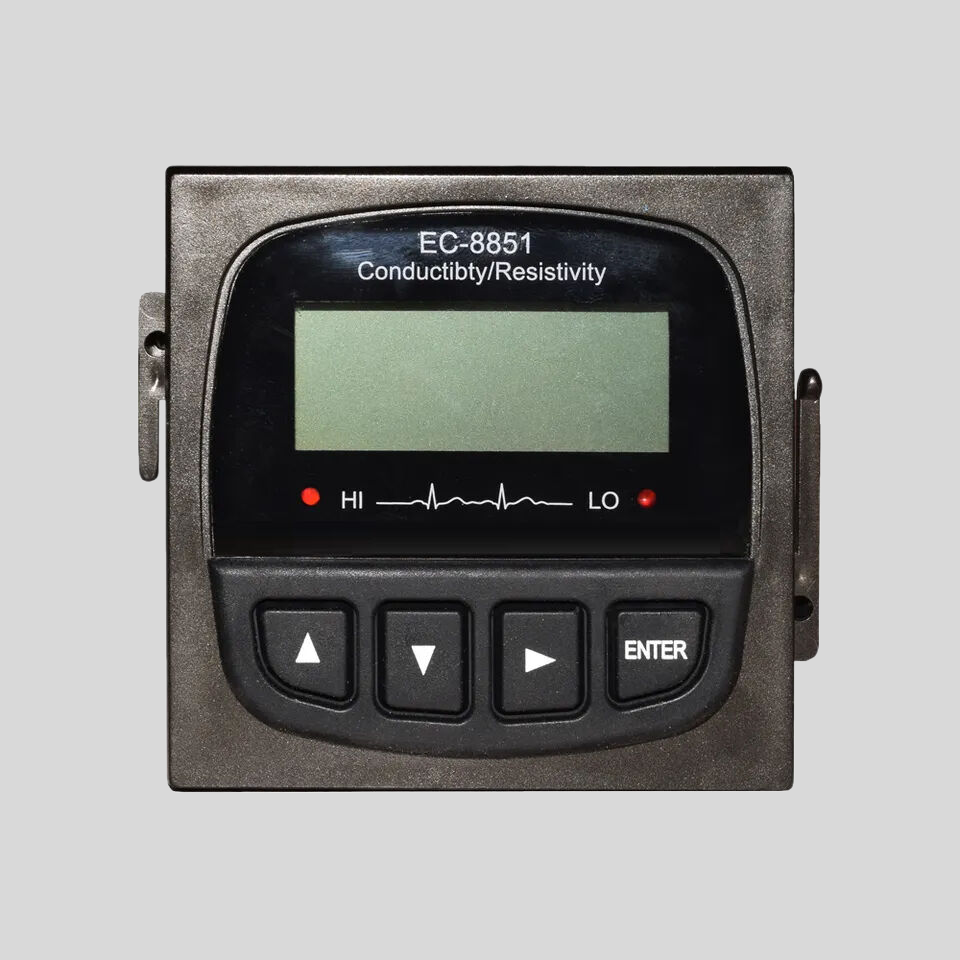
In conclusion, conductivity probes offer numerous benefits for water quality monitoring. From their accuracy and reliability to their ease of use and versatility, conductivity probes are essential tools for ensuring the safety and quality of water. By investing in conductivity probes, industries and organizations can effectively monitor water quality and make informed decisions to protect the environment and public health.
How to Properly Calibrate and Maintain Conductivity Probes for Accurate Measurements
Conductivity probes are essential tools for measuring the electrical conductivity of a solution, which can provide valuable information about the concentration of ions present in the solution. To ensure accurate measurements, it is crucial to properly calibrate and maintain conductivity probes on a regular basis.
Calibrating a conductivity probe involves adjusting its readings to match a known standard solution. This process is necessary to account for any drift or inaccuracies that may occur over time. To calibrate a conductivity probe, you will need a calibration standard solution with a known conductivity value. It is recommended to use at least two standard solutions with different conductivity values to ensure accurate calibration.

To begin the calibration process, first rinse the conductivity probe with deionized water to remove any residue or contaminants. Then, immerse the probe in the first standard solution and allow it to stabilize for a few minutes. Adjust the calibration settings on the meter until the reading matches the known conductivity value of the standard solution. Repeat this process with the second standard solution to ensure accurate calibration across a range of conductivity values.
After calibrating the conductivity probe, it is important to regularly maintain and clean the probe to ensure accurate measurements. Over time, the probe may become dirty or contaminated, which can affect its performance. To clean the probe, gently rinse it with deionized water and wipe it with a soft cloth to remove any residue. Avoid using harsh chemicals or abrasive materials, as these can damage the probe.
In addition to cleaning the probe, it is also important to check for any signs of damage or wear. Inspect the probe for any cracks, scratches, or other defects that may affect its performance. If any damage is found, it is recommended to replace the probe to ensure accurate measurements.
Proper storage of conductivity probes is also important to maintain their accuracy. Store the probe in a clean, dry place away from direct sunlight and extreme temperatures. Avoid storing the probe in a humid environment, as this can lead to corrosion and damage.
| Product name | pH/ORP-8500A transmitter controller | ||
| Measurement parameter | Measurement Range | Resolution ratio | Accuracy |
| pH | 0.00~14.00 | 0.01 | ±0.1 |
| ORP | (-1999~+1999)mV | 1mV | ±5mV(Electric meter) |
| Temperature | (0.0~100.0)℃ | 0.1℃ | ±0.5℃ |
| Temperature range of Tested solution | (0.0~100.0)℃ | ||
| Temperature component | NTC10K thermal element | ||
| (4~20)mA Current output | Channel No. | 2 channels | |
| Technical characteristics | Isolated, fully adjustable, reverse, | ||
| configurable, instrument / transmitting dual mode | |||
| Loop resistance | 400Ω(Max),DC 24V | ||
| Transmission accuracy | ±0.1mA | ||
| Control contact | Channel NO. | 3 Channels | |
| Electric contact | Semiconductor photoelectric switch | ||
| Programmable | Each channel can be programmed and point to (temperature, pH/ORP, time) | ||
| Technical characteristics | Presetting of normally open /normally closed state / pulse /PID regulation | ||
| Load capacity | 50mA(Max)AC/DC 30V | ||
| Data communication | MODBUS, RS485 standard protocol | ||
| Working power supply | DC 24V±4V | ||
| Overall power consumption | <5.5W | ||
| Working environment | Temperature: (0~50) ℃ | ||
| Relative humidity: ≤ 85%RH (non condensing) | |||
| Storage environment | Temperature: (-20~60) ℃ | ||
| Relative humidity: ≤ 85%RH (non condensing) | |||
| Protection level | IP65 (with back cover) | ||
| Shape size | 96mm×96 mm×94mm (H×W×D) | ||
| Opening size | 91mm×91mm(H×W) | ||
| Fixed mode | Panel mounting type quick fixed | ||
Regularly calibrating and maintaining conductivity probes is essential for obtaining accurate measurements. By following these guidelines, you can ensure that your conductivity probe performs reliably and provides valuable data for your experiments or processes. Conductivity probes are versatile tools that can be used in a wide range of applications, from water quality testing to industrial processes. By taking the time to properly calibrate and maintain your conductivity probe, you can trust that your measurements are accurate and reliable.

